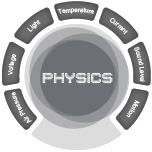

Used to measure the acceleration value of three-dimensional space, any form of motion can be displayed its acceleration value directly, and has vector property. For example, measurement the gravitational acceleration value in local, or changes of acceleration when people in motion.

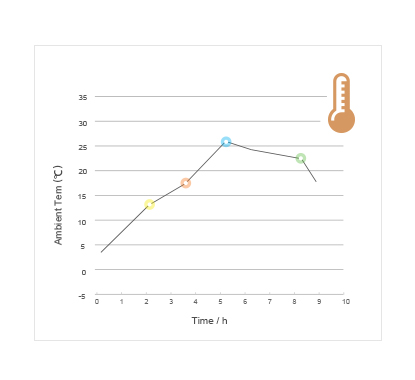
For measuring the ambient temperature, especially for some experiments have huge effect that produced by temperature, can according the current temperature to adjust a right environment for the experiment. Furthermore, can also used to monitor the change of air temperature throughout the day.
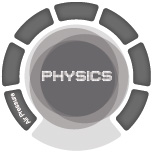
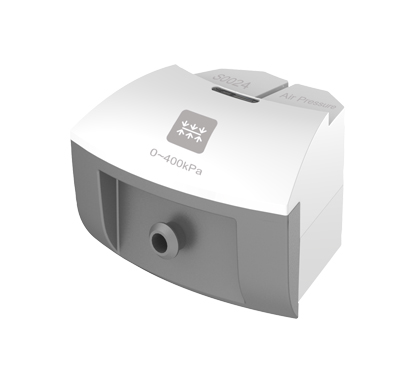
Air pressure sensor is used to measure the absolute pressure of air, it is connected with the exterior air under measurement by a hose at the front side, whereas the hose and the sealed vacuum reference cavity inside the sensor forms a pressure difference; after the pressure difference is converted into a voltage signal, its output voltage forms a direct proportion to the absolute pressure.
- Boyle's Law
- Charles' Law
- Study the relation between liquid boiling point and pressure
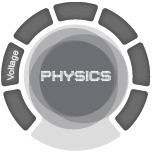
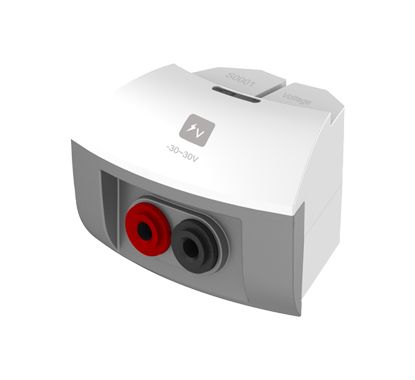
Voltage sensor is used to measure the electric potential difference at both ends of the electrical equipment or circuits, after the circuit of voltage sensor transferring the voltage it collects, then it can realize the measurement. The voltage sensor can be used in the DC circuit and low voltage AC circuit.
- Measure the VA characteristic curve of conductor
- Ohm’s Law
- Serial-parallel circuit of resistance
- Electromagnetic induction phenomena
- LC oscillation
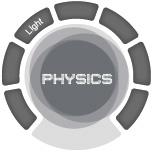
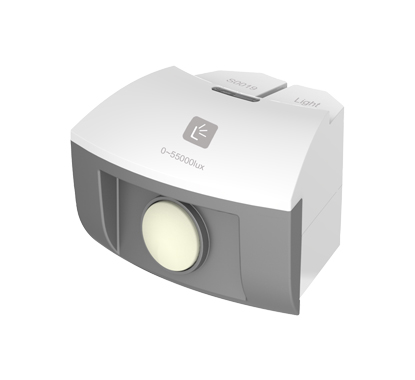
Light sensor uses the silicon photoelectric cell as the sensing element; it can convert the light intensity into a voltage signal, keeping a direct proportion. For the sensor, the effective light spectrum is in a range of 380nm and 730nm, it is an ideal intensity sensor for visible light.
- Study the relation between illumination intensity and distance
- Study the diffraction, interference, polarization of light
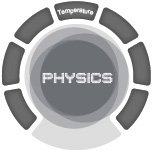
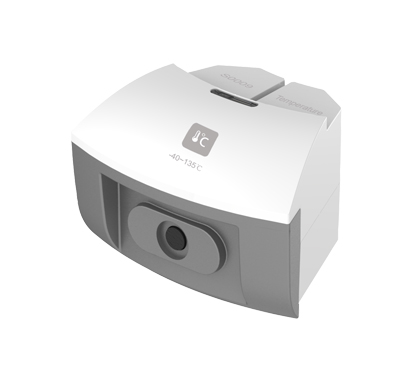
Temperature sensor adopts the NTC electronic temperature sensing element, when the ambient temperature changes, the NTC resistance changes accordingly. Normally the temperature needs no zero calibration and with relatively higher stability; therefore, the temperature sensor is rather popular in the low-middle temperature measurements.
- Cooling water naturally
- Liquid's evaporation cooling
- Work-to-internal energy conversion
- Study the thermoelectricity phenomena
- The convex lens convergence effect
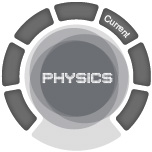
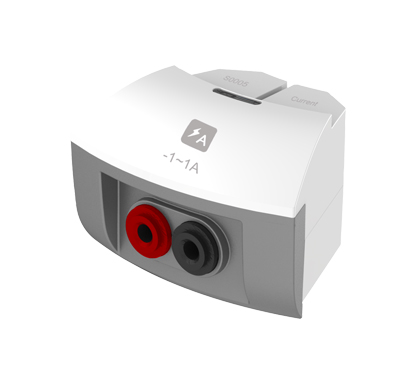
Current sensor is used to measure the current in circuit. When current is passing the sampling resistance, it will form a tiny electric potential difference at both ends of the resistance; after enlarging the circuit, it can be available to measure the current accurately in DC circuit or low voltage AC circuit.
- Measure the electrodynamic potential and internal resistance of battery
- Measure the VA characteristic curve of small bulb, diode, conductor
- Ohm's Law
- Serial-parallel circuit of resistance
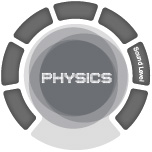
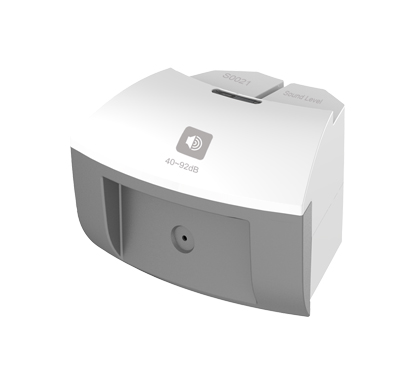
Sound sensor not only can measure the strength of sound (dB) within two measuring ranges, but also be used to measure the wave form (mV) of sound directly. With a frequency response rate, so that the sound sensor can measure sound speed and catch sound's wave form.
- Measure the level of sound intensity
- Measure the environmental intensity of noise
- Measure the velocity of sound in the air
- Synthesis of sound wave
- Resonance of sound wave
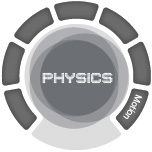
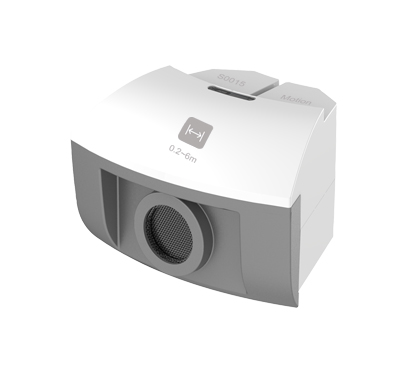
Motion sensor is a sonar equipment emitting ultrasonic pulse, it receives signal through the reflection of object, and then measure the time T when the high frequency sound wave goes around between the object and sensor; in accordance with the speed of sound in air, i.e.V, it can calculate the distance between the object and the sensor, i.e.: d=V*T/2.
- Explore the simple harmonic motion
- Forced vibration
- Uniform linear motion, uniform variable rectilinear motion
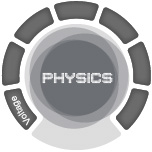
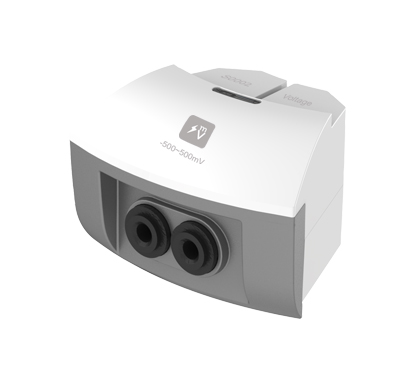
Micro voltage sensor is used to measure the electric potential difference at both ends of electric equipment or circuit. After dividing the voltage collected by the circuit of the micro voltage sensor, it is then allowed to measure the micro voltage in DC circuit or low-voltage AC circuit.
- Lenz's Law
- Electromagnetic induction
- Faraday's law of electromagnetic induction
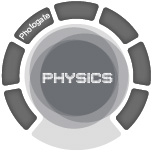
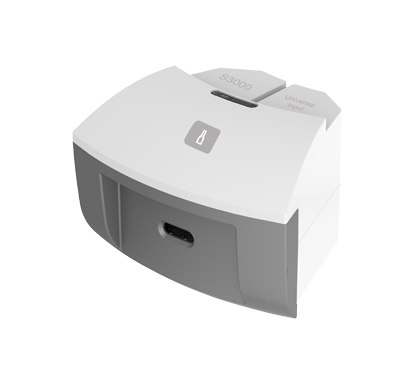
In essence, the photogate sensor is a digital-switch sensor, with the infrared emitter and infrared receiver at both ends respectively. If the infrared receiver receives the light beam, the photogate sensor will be in low-voltage (on-state); if the infrared beam is blocked off, and the infrared receiver fails to receive the beam, the photogate sensor will be in high-voltage (off-state).
- Newton's Second Law
- Study the pendulum movementTheorem of kinetic energy
- Theorem of momentum
- Mechanical Energy Conservation Law
- Study of centripetal force
- Study of Atwood machine
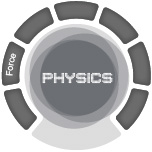
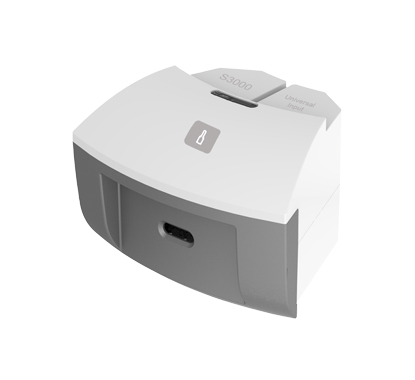
Force sensor has adopted a resistance strain member to convert the force into the voltage message. When the strain member is in use, the resistance value of the metal filament varies with the change of its shape; inside the sensor, fixed on a metal cross girder structure, when the metal hook is under a force, the metal cross girder will deform, thus the resistance attaching onto the cross girder deforms accordingly, where the resistance value changes too.
- Hooke's Law
- Newton's Third Law
- Theorem of momentum
- Explore the simple harmonic motion
- Overweight and weightlessness
- Archimedes’ Law